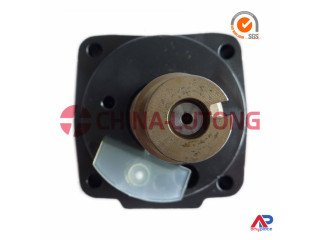Air source heat pump
2022-08-04 13:05 Automobiles Sahāranpur 232 views Reference: 1463Location: Sahāranpur
Price: Contact us
Heat pump water heaters use electricity to move heat from one place to another instead of generating heat directly. Therefore, they can be two to three times more energy efficient than conventional electric resistance water heaters. To move the heat, heat pumps work like a refrigerator in reverse. While a refrigerator pulls heat from inside a box and sends it into the surrounding room, a stand-alone air-source heat pump water heater pulls heat from the surrounding air and transfers it -- at a higher temperature -- to heat water in a storage tank. Heat pump water heaters require installation in locations that remain in the 40º–90ºF (4.4º–32.2ºC) range year-round and provide at least 1,000 cubic feet (28.3 cubic meters) of air space around the water heater. Air passing over the evaporator can be exhausted to the room or outdoors. Heat pump water heaters will not operate efficiently in a cold space since they tend to cool the space they are in. Installing them in a space with excess heat, such as a furnace room, will increase their efficiency. Homeowners primarily install geothermal heat pumps -- which draw heat from the ground during the winter and from the indoor air during the summer -- for heating and cooling their homes. For water heating, you can add a desuperheater to a geothermal heat pump system. A desuperheater is a small, auxiliary heat exchanger that uses superheated gases from the heat pump's compressor to heat water. This hot water then circulates through a pipe to the storage water heater tank in the house. It can also be used in life as a residential heat pump water heater and a commercial heat pump water heater.
An air source heat pump (ASHP) is a type of heat pump that can absorb heat from outside a structure and release it inside using the same vapor-compression refrigeration process and much the same equipment as air conditioners but used in the opposite direction. Unlike an air conditioning unit, most ASHPs are reversible and are able to either warm or cool buildings and in some cases also provide domestic hot water. In a typical setting, an ASHP can gain 4 kWh thermal energy from 1 kWh electric energy. They are optimized for flow temperatures between 30 and 40°C (86-104°F) suitable for well insulated buildings. With losses in efficiency, an ASHP can even offer a full central heating solution with a flow temperature up to 80 °C (176 °F). Air-to-water heat pumps use radiators or underfloor heating to heat or cool a whole house and are often also used to provide domestic hot water. Air-to-air heat pumps are simpler and slightly more efficient devices that provide hot or cold air directly to internal spaces, but do not usually provide hot water.












